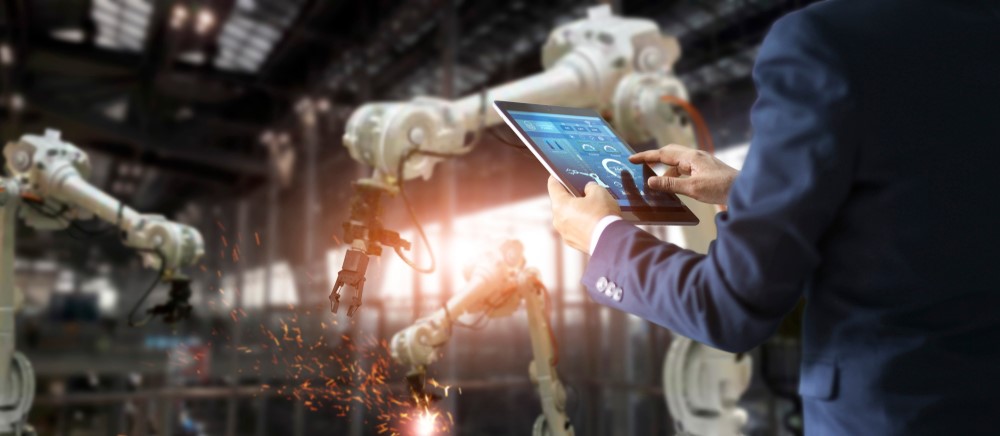ANDREW GRANT, Senior Director, Artificial Intelligence at Imagination Technologies, Kings Langley, U.K.
With many technologies already operating at the edge, we’re starting to see the meeting of artificial intelligence (AI) and the internet of things (IoT), known as AIoT. AIoT is a term for applying AI to the IoT, a somewhat new phenomenon that represents many simple digital connections between hardware devices. As AI moves closer to the edge and into devices, such as sensors, cameras and mobiles, it can make the embedded device smarter, and in many cases, there is no longer the need for racks of cloud-based computing. Instead the analysis can happen in the device itself, removing any delay in processing.
Even though the concept of AIoT is relatively new, it’s important to understand the ways that it will change our everyday lives in the near future. Here are some of the opportunities we expect to see with AIoT.
Smart cars, smart cities
Autonomous vehicles (AVs) are a good example of how AIoT technology can be applied. An AV has multiple cameras for object recognition, computer vision, lane warning, and driver monitoring for fatigue – in addition to other sensors (for example, thermal imaging, RADAR and LiDAR) for sensor fusion. By processing the data being collected at the edge, the bandwidth required to move data to and from the vehicle is minimized, avoiding data analysis delays. In connectivity black spots or when latency is critical – such as when the vehicle is traveling at speed – edge processing could literally be the difference between life and death.
Another use case is smart cities, in which AIoT will enable ever-smarter edge devices to not only be data generators, but also data aggregators, data exchanges and data-driven decision-makers. In a city, this means reducing or eliminating traffic jams by enabling cars to be constantly updated by street infrastructure and other vehicles. The sharing of data enables better decision-making for traffic routing as well as clearing the path for emergency vehicles to get through more quickly. In the future, we will see cars “talking” to traffic lights, lampposts, and street signs.
Further enabling the smart city, AIoT technology will allow informed choices to be made based on real-time and predicted information. For example, we all know how frustrating it is to see street signs displaying out of date information because the human controller hasn’t updated it or to not be advised to take the next exit, only to then become part of a traffic jam. Vehicle-to-vehicle (v2v) or vehicle-to-infrastructure (v2x) data-sharing will ensure there are no barriers to progress. Soon v2v and v2x will become standard – but also one requiring AIoT to be included on trillions of sensors.
Smart cities will also monitor their environments, checking for air quality – and when pollution levels rise then people can be alerted, and traffic redirected to avoid congestion and exhaust fumes gathering in particular areas.
Factories and retail
AIoT will have an impact on how factory workers do their jobs (Figure 1). The factory of the future will become much safer, because previously “dumb” industrial robots and robotic vehicles will use AIoT to become “aware” of their surroundings. The robots will ensure that if a human enters their vicinity, they immediately understand what is happening and revert to a safe mode. With the rapid robots traveling at speed in warehouses moving goods around, the smarter they become, the safer the warehouse floor will be for us, the “soft machines.”

We’ll also begin to see more smart stores like Amazon Go where shoppers can select their item, perhaps a beverage or sandwich, and when they leave the store the cost of the item will be debited from their bank account, their loyalty points will be updated, and the shelf will be automatically replenished. All of this will come from the actions of the sensors and cameras in the store, enabled by AIoT.
Healthcare
In healthcare we are all aware of fitness wearables, but increasingly we will see edge devices that can scan for conditions, from breath biopsies to insulin adjustment. Indeed, out in the field, we will see these devices becoming cheap and ubiquitous allowing medical staff to track and assess diseases across continents accurately and assisting them to diagnose, create the right prescriptions and monitor healthcare outcomes more effectively for all of us.
The future is almost here
It’s exciting to think about the concepts that we will all soon be benefiting from – and AIoT is one of the technologies that will help us get there. Even now, we’re seeing the next level of AI compute shifting towards the edge, such as in a local cabinet rather than the cloud. And as a result, we’re taking a multiplicity of small steps towards a future where AIoT will be deployed widely, in our cars, cities, factories, and stores – and throughout our lives, for the better.